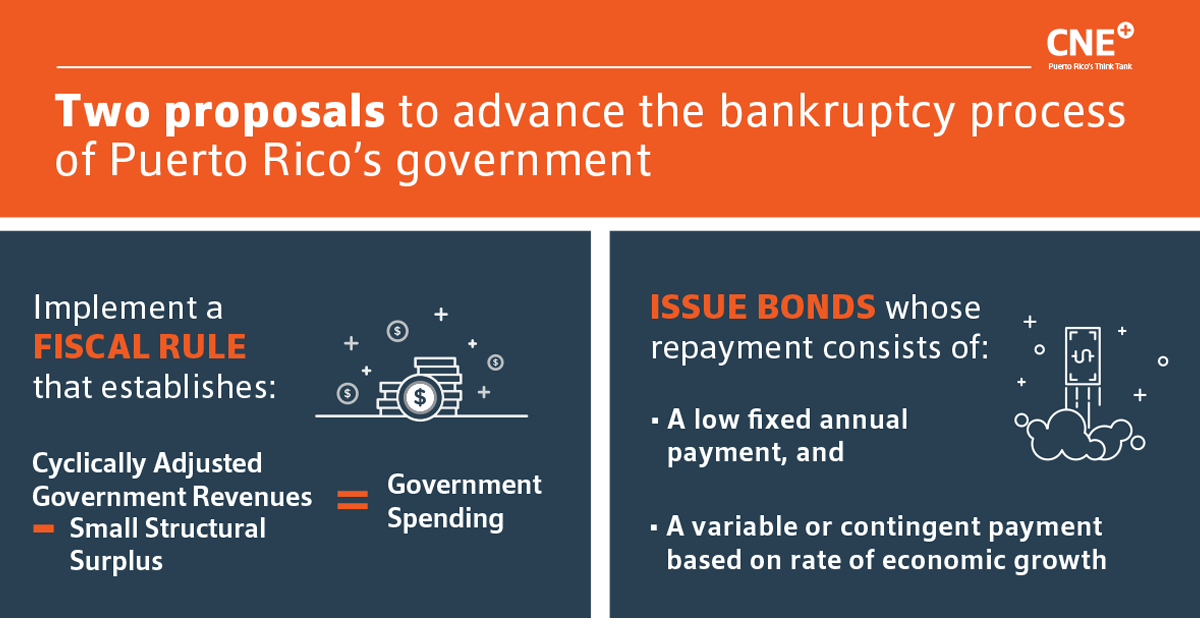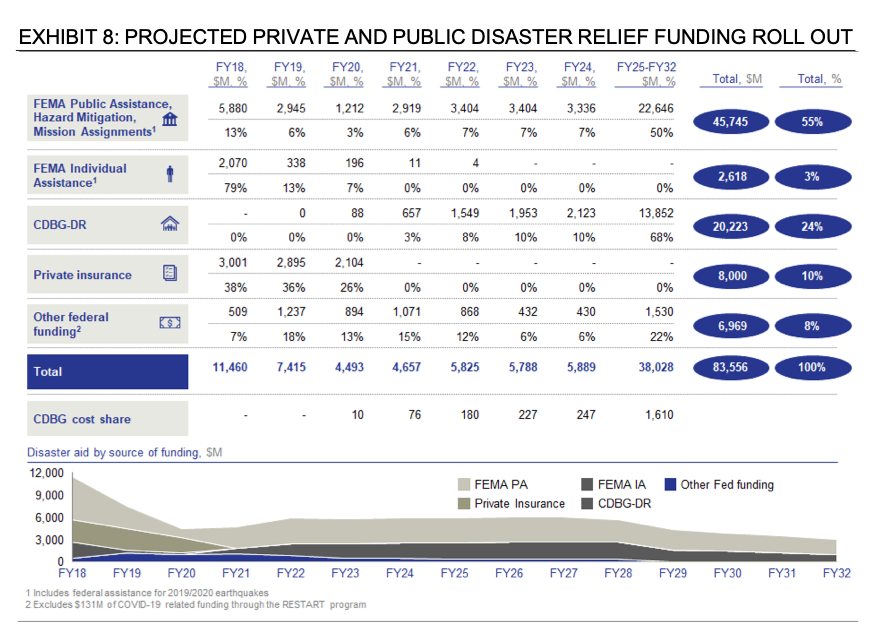
Published on June 18, 2020 / Leer en español
Dear Readers:
Street protests. Racial turmoil. A besieged president who talks about “law and order” and a “silent majority”. The similarities between the current protests with those in the United States fifty years ago are striking. But so are the differences. The fire this time is fueled by a global pandemic, economic collapse, and numerous incidents of police brutality. Nonetheless, that history could be useful in understanding how much things have changed and how much they have not.
It appears those three phenomena, the pandemic, economic uncertainty, and social unrest, will determine our foreseeable future. In the middle of this maelstrom, we grieve for the past, worry about the present, and are anxious about the future. Many of us are also thinking less about rebuilding the past and more about the possibility of a new future.
To start building that future, we need, in the words of theologian Ekemini Uwan to do two things:
- “shift our mindsets to radical acceptance of our present reality in order to create a new normal that is better than our pre-pandemic life” and
- “learn the practice of letting go of gone things”.
Then, and only then, will we be able to accept that going back to “normal” is not an option. Working for a new future is our best bet.
—Sergio M. Marxuach, Editor-in-Chief
On Our Radar...
![]() The Virus is Still Out There – Even though all the states and Puerto Rico are lifting lockdowns and similar restrictions the virus is still out there. Indeed, several cities and states have seen new infection spikes forcing them to delay the reopening process. And in case you haven’t noticed, the New York Times reminds us this is not your Grandpa’s flu. Furthermore, the probability that the virus will win is still uncomfortably high.
The Virus is Still Out There – Even though all the states and Puerto Rico are lifting lockdowns and similar restrictions the virus is still out there. Indeed, several cities and states have seen new infection spikes forcing them to delay the reopening process. And in case you haven’t noticed, the New York Times reminds us this is not your Grandpa’s flu. Furthermore, the probability that the virus will win is still uncomfortably high.
![]() It is Going to be a Bumpy Ride for the Economy – According to the World Bank, “the COVID-19 pandemic is expected to result in a 5.2 percent contraction in global GDP in 2020—the deepest global recession in eight decades, despite unprecedented policy support.” Furthermore, “the pandemic is expected to plunge a majority of countries into recession this year, with per capita output contracting in the largest fraction of countries since 1870”. Fortunately, policy interventions, if properly designed, can ameliorate some of the economic pain, as Joseph Stiglitz and Hamid Rashid tell us.
It is Going to be a Bumpy Ride for the Economy – According to the World Bank, “the COVID-19 pandemic is expected to result in a 5.2 percent contraction in global GDP in 2020—the deepest global recession in eight decades, despite unprecedented policy support.” Furthermore, “the pandemic is expected to plunge a majority of countries into recession this year, with per capita output contracting in the largest fraction of countries since 1870”. Fortunately, policy interventions, if properly designed, can ameliorate some of the economic pain, as Joseph Stiglitz and Hamid Rashid tell us.
![]() Widespread Social Unrest Continues – Protests have erupted all over the United States in response to the awful death of George Floyd at the hands of a white police officer. But as the Financial Times reminds us, “the anger over police brutality was also fueled by a sense of simmering injustice over the impact of coronavirus.” The combination of the uneven impact of the pandemic on African-Americans, high unemployment, and police brutality make these protests different from those in 1968. Nonetheless, Peter Wehner, a veteran of three Republican administrations, believes we can learn something by listening to the words of Robert F. Kennedy.
Widespread Social Unrest Continues – Protests have erupted all over the United States in response to the awful death of George Floyd at the hands of a white police officer. But as the Financial Times reminds us, “the anger over police brutality was also fueled by a sense of simmering injustice over the impact of coronavirus.” The combination of the uneven impact of the pandemic on African-Americans, high unemployment, and police brutality make these protests different from those in 1968. Nonetheless, Peter Wehner, a veteran of three Republican administrations, believes we can learn something by listening to the words of Robert F. Kennedy.
Insights + Analysis from CNE
Fiscal Plan for Fiscal Year 2021
Given the current level of uncertainty, making five-year projections for the Puerto Rico economy with a minimum degree of precision is a thankless task. There is no macroeconomic model that can accurately estimate the economic impact of the concatenation of recent events: the bankruptcy of the government, the 2017 hurricanes, the earthquakes, and the COVID-19 pandemic; or forecast the effects of these events five years out when the effects of each one can intensify or weaken the effects caused by the others, there are too many interrelationships between the variables. But human beings like to pretend that the more knowledge we have, the more we can control the future. That is an illusion, of course, as Mark Lilla, professor of Political Science at Columbia University, warns us, because “in fact we are always just tapping our canes on the pavement in the fog.”
PROMESA, however, requires that a five-year fiscal plan be prepared, not only to serve as the basis for the annual budget, but also to prepare the Plan of Adjustment to be negotiated with creditors. So we go out to the streets and tap with our canes, to see what we find. The AAFAF economic team estimates that the economy will contract by 3.6% and 7.8% during fiscal years 2020 and 2021 and will rebound in 2022 with a growth of 1.5%. While the FOMB experts forecast a contraction of 4% in 2020, a modest bounce-back of 0.5% in 2021, and a contraction of 1.5% in 2022.
The underlying problem, however, is that today we do not have a methodology that allows us to choose in an informed way between these two scenarios.
In this column we share two public policy proposals to advance the bankruptcy process even with the great uncertainty that exists.

Oversight That Works

Puerto Rico’s protracted economic depression — and the draconian measures implemented to combat the resulting fiscal imbalances — have eroded the island’s government capacity to perform at all levels and created fertile ground for unscrupulous actors to engage in fraudulent behavior. Severe austerity programs implemented since 2006 have led to drastic budget cuts in numerous key agencies, high employee turnover, low morale amongst public servants, and limited resources across the board. Moreover, private contractors have been increasingly employed, and paid tens of millions, to take on public sector responsibilities.
It should not be surprising that in this environment some have leeched on to the government to exploit rent-seeking opportunities. Austerity programs have also contributed to weak enforcement of transparency and accountability processes. This complex scenario is a breeding ground for corruption.
The prevailing discontent with Puerto Rico’s political elite and public institutions has been used to justify increased federal intervention in Puerto Rico. It may be convenient to entertain the simplistic narrative that Puerto Rico’s current condition is solely due to its own misfeasance. And while Puerto Rican politicians have made their share of mistakes and bad decisions, the blame for its current woes cannot be pinned on Puerto Rico alone.
Federal Funding for Reconstruction

Source: FOMB, Certified Fiscal Plan for the Commonwealth of Puerto Rico, 27 May 2020
The certified Fiscal Plan for the Commonwealth of Puerto Rico consists of three main elements: (1) fiscal measures to balance the budget; (2) structural reforms to “promote growth”; and (3) a significant inflow of federal transfers for reconstruction. Yet, as shown in the chart above, 50% of all federal funds ($38 billion out of a total of $75 billion) are expected to be disbursed between 2025 and 2032. Specifically, 68% of CDBG-DR funds, 50% of FEMA funding for Public Assistance, Hazard Mitigation, and Mission Assignments; and 22% of “Other Federal Funding”, are not expected to be disbursed until that period.
This delay appears excessive to us and may cause permanent damage to Puerto Rico’s economy as the replacement of the capital stock destroyed by the hurricanes and the earthquakes is postponed for more than a decade. We call on both federal and local authorities to do everything within their power to accelerate this timeline.
